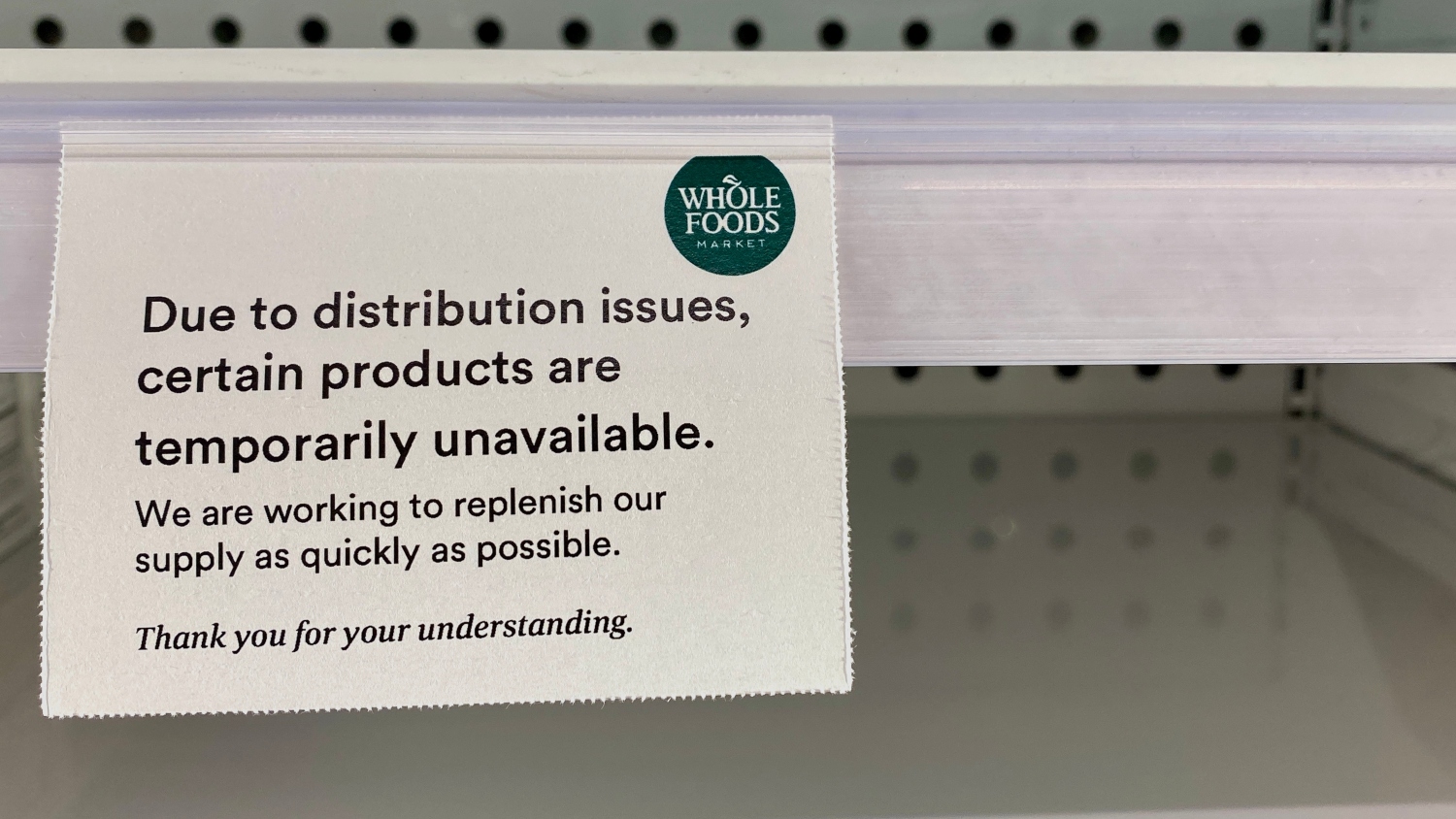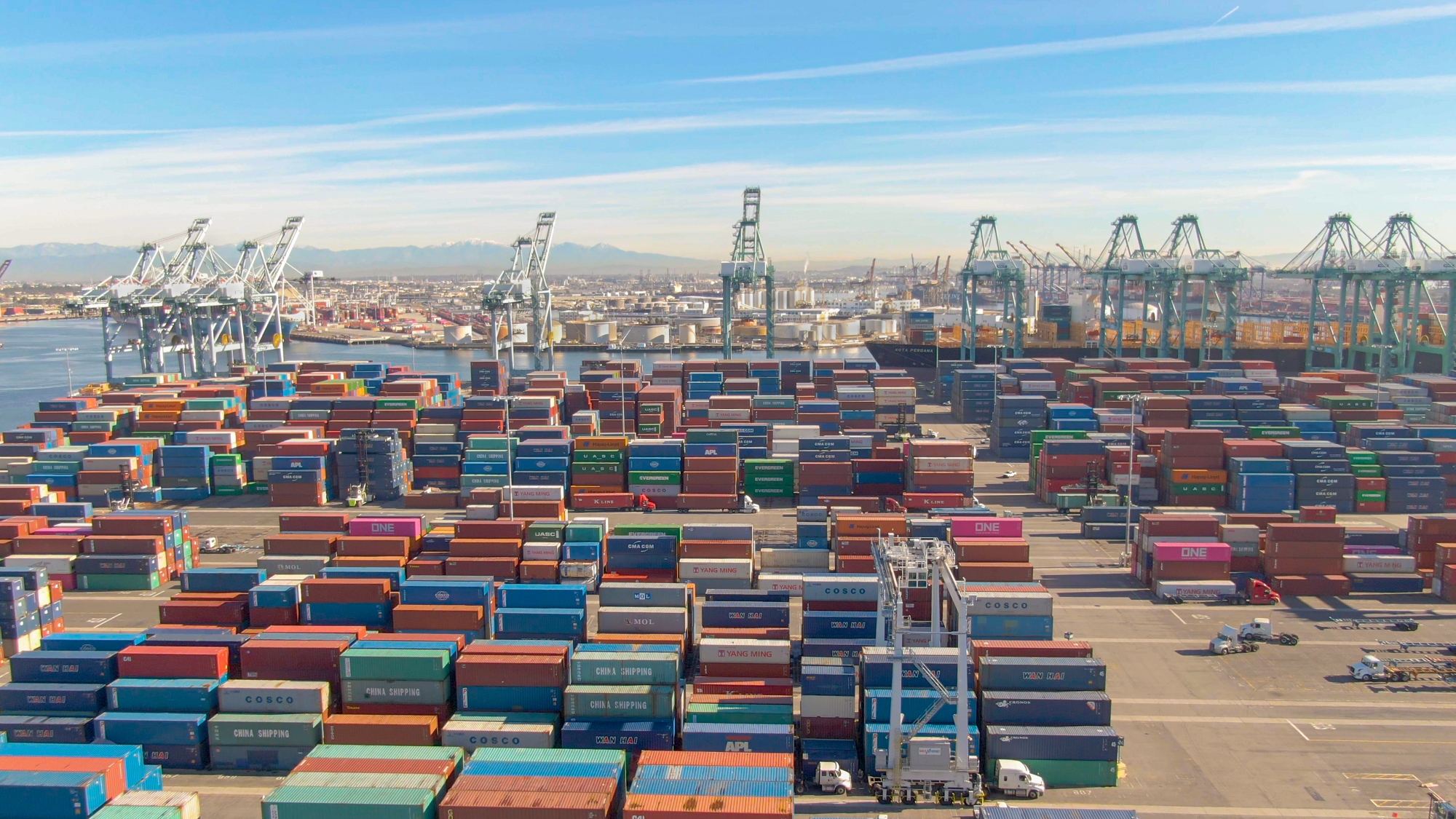The Increasing Necessity for Reverse Logistics
Due to environmental regulations and consumer pressures to increase customer service, companies are focusing on reverse logistics. Reverse logistics can lead to improved relationships with supply chain partners, improved profits through reduced costs, and improved efficiencies and higher recovery rates for returns (2). In “An Examination of Reverse Logistics Practices,” Rogers and Tibben-Lenbke define reverse logistics as:
“The process of planning, implementing, and controlling the efficient, cost effective flow of raw materials, in-process inventory, finished goods, and related information from the point of consumption to the point of origin for the purpose of recapturing or creating value or proper disposal (1).”
The concept of reverse logistics is very important in the European business environment and is slowly gaining importance to American businesses (3). In both regions, the cost of land filling and increased restrictions on what can be placed into a landfill are causing companies to invest in reverse logistics processes (1). In Europe for example, environmental regulations require tire manufactures to recover and recycle one old tire for every tire produced (4). Manufacturers must have an efficient system to recover the tires to comply with this regulation.
Some statistics
Reverse logistics accounts for 3 percent to 4 percent of a company’s total logistics costs. Companies can save 10 percent from their annual logistics bill by implementing an efficient reverse logistics system. Twenty percent of this amount is saved in labor costs and the remaining 80 percent is saved in lowered freight costs and reduced pipeline inventory (5).
The Automotive Parts Rebuilders Association (APRA) estimates that worldwide in the automotive industry alone, 155,000 railroad cars (or a train 1,100 miles long) could be filled annually by the raw materials saved by remanufacturing (1). The automotive industry remanufactured auto parts market was estimated to be more than $36 billion in 1999 (1). This is an example of the potential of utilizing reverse logistics to save money and to practice environmental sustainability.
Process to implement reverse logistics system
Reverse logistics includes handling, storage, transportation, inspection, repair, repackaging, refunds, and customer service (6). Retrieving the product is the first step in the process. The quality and quantity of products retrieved must be coordinated with other distributors and customers. Then the product must be efficiently transported to a central location, where it is inspected and sorted. In this step, processes must be in place to determine what products can be saved, reworked, remanufactured, resold or disposed. Automated tracking and testing systems can be used for parts of the sorting process.
Then, the appropriate products can be reconditioned. Design for disassembly (DFD) is a method of designing products, such as electrical devices, so they can be easily pulled apart, reconditioned, and reused (5). The products that are not reconditioned are recycled, resold for parts, or disposed. The final step is distribution and sales of the reconditioned products. Companies must create a market for the refurbished products, which can be sold to the general public at cost or at a discounted price, or sold to foreign markets.
Companies with successful reverse logistics processes
Bosch, an automotive and industrial technology company, builds sensors into its power tools that indicate if the motor is worth reconditioning. The sensors reduce inspection and disposition costs, allowing the company to realize profits on the remanufactured power tools (4).
General Motors (GM) simplified its process for returning automotive parts by allowing parts to be returned to a single facility using GM’s pre-printed shipping labels. This less costly process enhanced GM’s relationships with its customers and supply chain partners (2).
Volvo, a Swedish car manufacturer, anticipated the Swedish government passing a resolution holding auto manufactures accountable for disposal of vehicles. Volvo implemented a reverse logistics process of salvaging and dismantling cars. The company generated revenues by selling the used metal, plastics and car parts (2).
Reverse logistics is a growing area of emphasis by many companies. Each company, regardless of industry, can implement a reverse logistics process that saves money or even generates new profits. A company can also recycle products or packaging to improve its environmentally friendly practices.
References:
(1) Rogers, Dale S. and Tibben-Lenbke, Ronald. An Examination of Reverse Logistics Practices. Journal of Business Logistics. Vol. 22, No. 2, 2001.
(2) Stock, James. Speh, Thomas. and Shear, Herbert. May Happy (Product) Returns. Harvard Business Review. Vol. 80. Issue 7. July 2002.
(3) Cottrill, Ken. Reversal of Fortunes. Traffic World. June 16, 2003.
(4) Guide Jr., Daniel and Wassenhove, Luk. The Reverse Supply Chain. Harvard Business Review. February 2002.
(5) Minahan, Tim. Manufacturers take aim at end of supply chain. Purchasing. April 23, 1998.
(6) Gooley, Toby. The Who, What and Where of Reverse Logistics. Logistics Management. February 2003.
- Categories:


